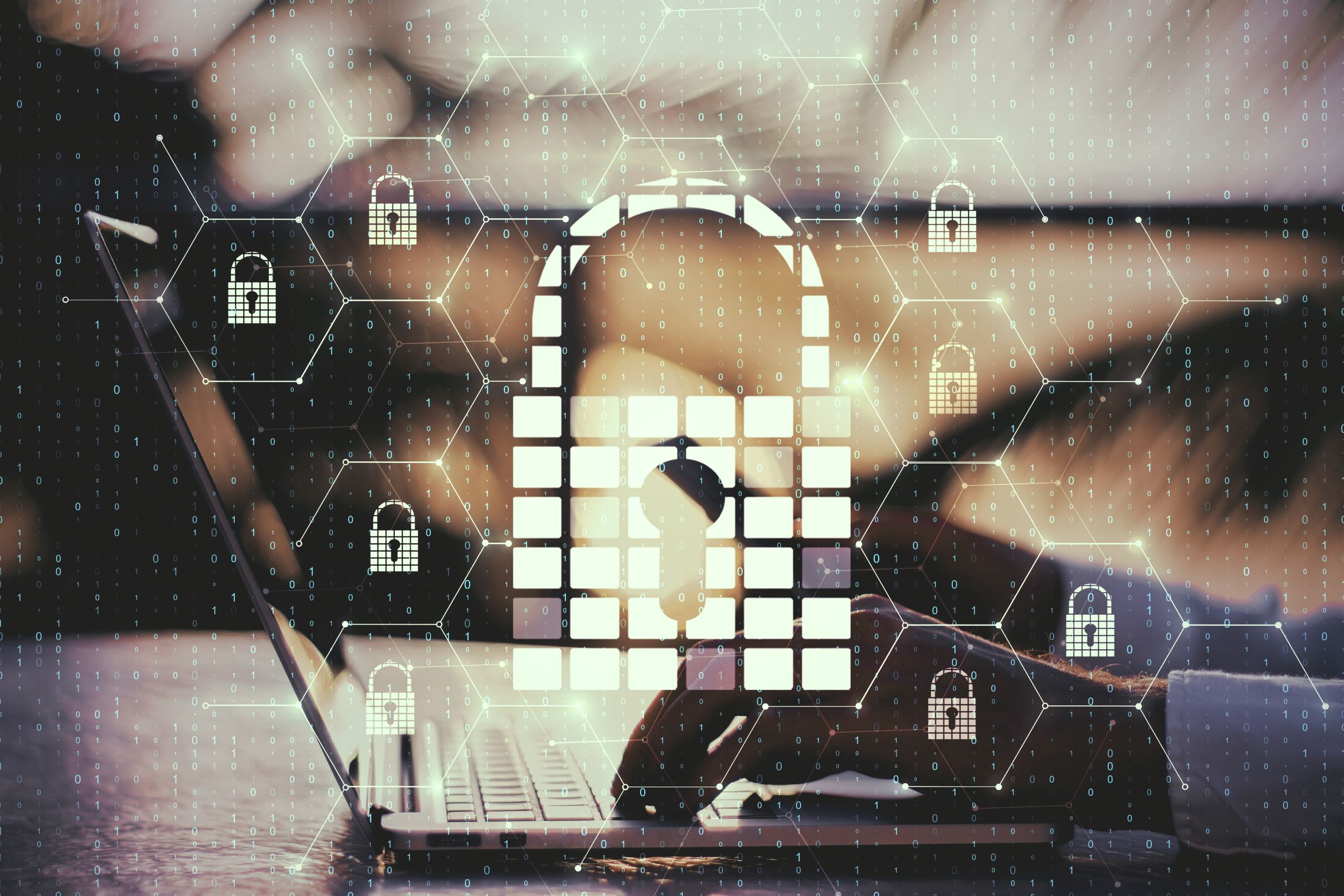No products in the basket.

Home » Conquering Malware: A Critical Step Towards Cyber Essentials Certification
Malware: a term that strikes fear into the heart of any cyber-savvy individual. With the integrity and confidentiality of your data at stake, understanding and combating malware is crucial, especially when aiming for Cyber Essentials certification. Let’s dive into the world of malware and how you can shield your organisation from its threats.
Understanding Malware:
Types of Malware:
Malware Defence Strategies:
Preparing for Cyber Essentials Assessment:
Malware, or malicious software, is an umbrella term for any programme designed to infiltrate or damage a computer system. The sources of malware are diverse, including:
Malware comes in various forms, each with its unique dangers:
Here are some key tactics to protect your organisation from malware:
To meet the Cyber Essentials criteria for malware protection, ensure the following:
While completely eliminating the risk of malware is challenging, following these guidelines significantly bolsters your defences. As you prepare for your Cyber Essentials assessment, remember that a robust approach to malware protection is not just about ticking a box; it’s about safeguarding your organisation’s digital integrity.
| Cookie | Duration | Description |
|---|---|---|
| cookielawinfo-checkbox-analytics | 11 months | This cookie is set by GDPR Cookie Consent plugin. The cookie is used to store the user consent for the cookies in the category "Analytics". |
| cookielawinfo-checkbox-functional | 11 months | The cookie is set by GDPR cookie consent to record the user consent for the cookies in the category "Functional". |
| cookielawinfo-checkbox-necessary | 11 months | This cookie is set by GDPR Cookie Consent plugin. The cookies is used to store the user consent for the cookies in the category "Necessary". |
| cookielawinfo-checkbox-others | 11 months | This cookie is set by GDPR Cookie Consent plugin. The cookie is used to store the user consent for the cookies in the category "Other. |
| cookielawinfo-checkbox-performance | 11 months | This cookie is set by GDPR Cookie Consent plugin. The cookie is used to store the user consent for the cookies in the category "Performance". |
| viewed_cookie_policy | 11 months | The cookie is set by the GDPR Cookie Consent plugin and is used to store whether or not user has consented to the use of cookies. It does not store any personal data. |

